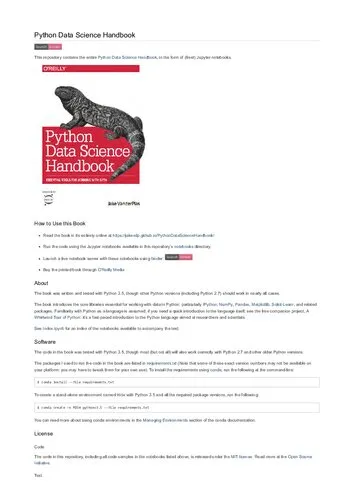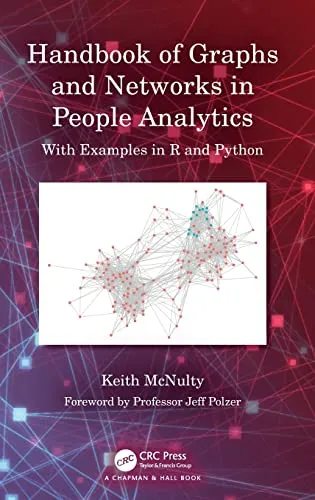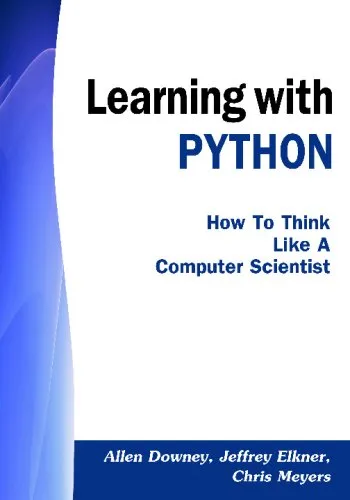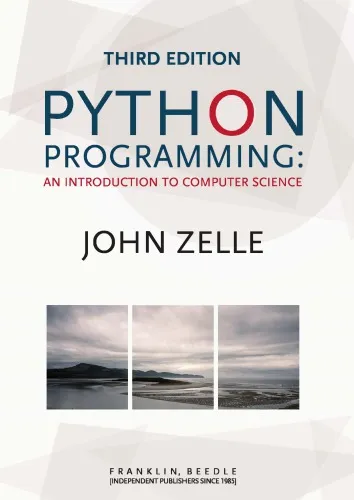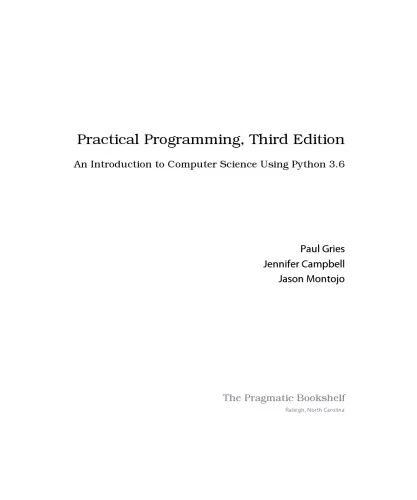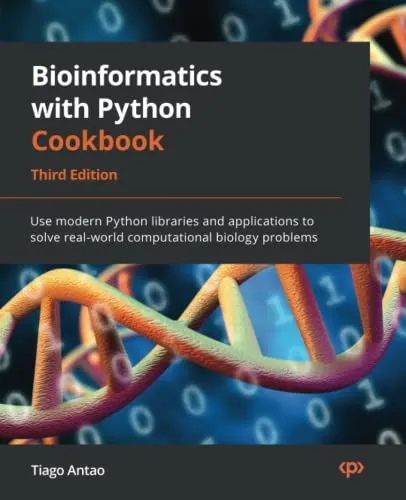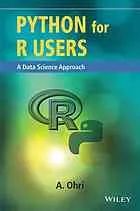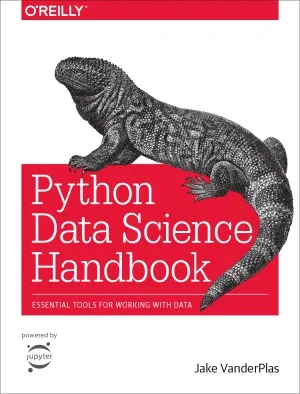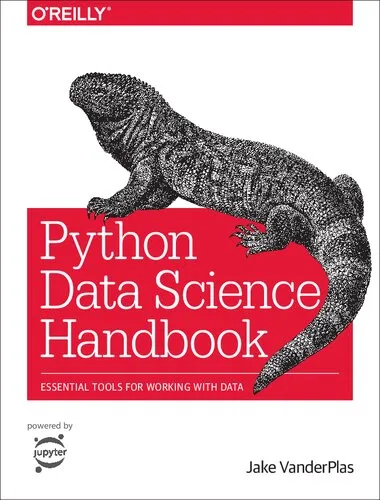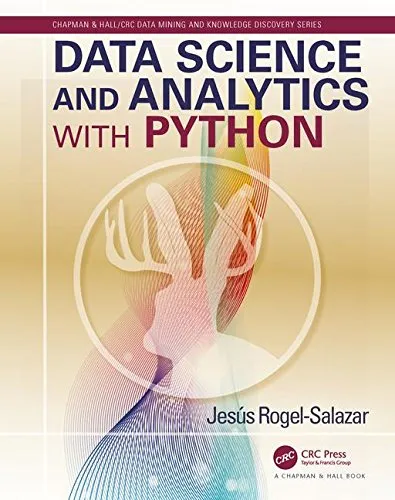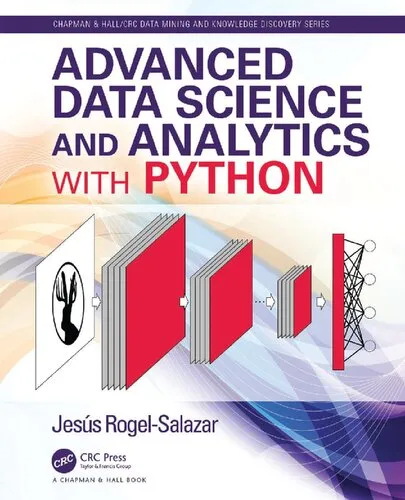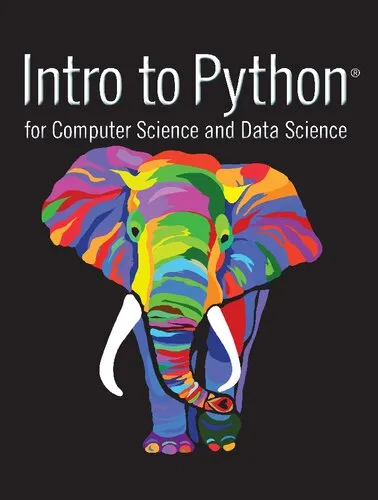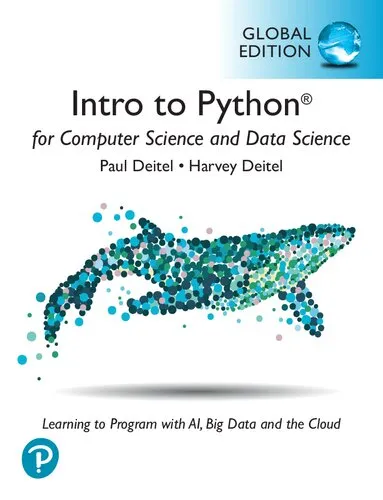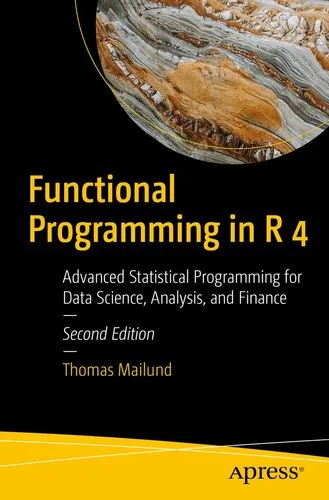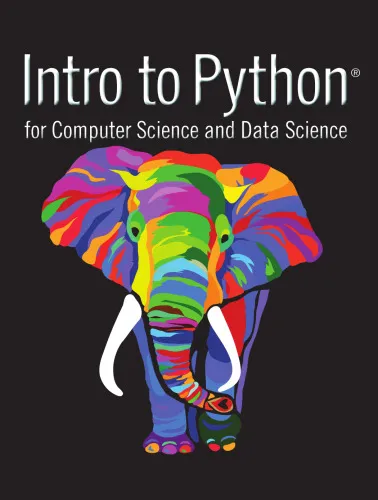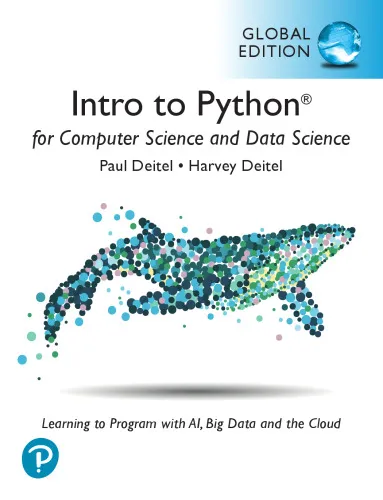Python Data Science Handbook (Jupyter Notebook Version)
4.3
Reviews from our users

You Can Ask your questions from this book's AI after Login
Each download or ask from book AI costs 2 points. To earn more free points, please visit the Points Guide Page and complete some valuable actions.Related Refrences:
Introduction to Python Data Science Handbook (Jupyter Notebook Version)
Welcome to a comprehensive journey into the world of data science with Python, tailored for both the beginner and the seasoned professional. The "Python Data Science Handbook (Jupyter Notebook Version)" serves as an essential resource for anyone looking to harness the vast potential of data using Python's powerful libraries. This introduction will provide a detailed overview of what you can expect from the book, key takeaways, famous quotes, and the reasons why this book holds significant importance in the field of data science.
Detailed Summary
The "Python Data Science Handbook (Jupyter Notebook Version)" is meticulously designed to equip data enthusiasts with the tools and techniques necessary to perform expansive data analyses with Python. This book delves into the core libraries that form the foundation of data science in Python—NumPy, Pandas, Matplotlib, Scikit-Learn, and more—presented through the interactive environment of Jupyter Notebooks.
Chapters are structured to build a systematic understanding of data manipulation, visualization, statistical modeling, and machine learning. By embedding code snippets and interactive examples within Jupyter Notebooks, the book offers a hands-on experience, allowing readers to follow along and experiment with the exercises directly. Whether it's wrangling complex datasets, creating compelling visual stories, or developing predictive models, this handbook acts as a versatile toolkit to navigate through each phase of the data science workflow.
Key Takeaways
Readers of the "Python Data Science Handbook (Jupyter Notebook Version)" will gain:
- A deep understanding of NumPy for high-performance numerical computations.
- Expertise in data manipulation using Pandas for effective data analysis.
- Skills in creating a wide variety of plots using Matplotlib and Seaborn to visualize data insights.
- Knowledge of machine learning concepts and their implementation using Scikit-Learn.
- Experience in leveraging Jupyter Notebooks for interactive data exploration and reporting.
Famous Quotes from the Book
“Data is a precious thing and will last longer than the systems themselves.”
“Without data, you're just another person with an opinion.”
Why This Book Matters
As data continues to drive decision-making in various sectors—from business to healthcare, to technology—understanding how to manipulate and interpret data has become an essential skill. This handbook not only provides historical context and theory behind data science techniques but also emphasizes practical application using the Python programming language. It bridges the gap between theoretical knowledge and real-world application, empowering readers to transition from learners to creators.
Moreover, the choice of Jupyter Notebooks allows for an unprecedented interactive learning experience, where readers can see the immediate impact of their code and adjust their approach on the fly. The integration of code and narrative offers a seamless educational experience, making complex ideas accessible and understandable. As the data landscape continues to evolve, the "Python Data Science Handbook (Jupyter Notebook Version)" stands as a reliable guide for continuous learning and adaptation.
Free Direct Download
You Can Download this book after Login
Accessing books through legal platforms and public libraries not only supports the rights of authors and publishers but also contributes to the sustainability of reading culture. Before downloading, please take a moment to consider these options.
Find this book on other platforms:
WorldCat helps you find books in libraries worldwide.
See ratings, reviews, and discussions on Goodreads.
Find and buy rare or used books on AbeBooks.
